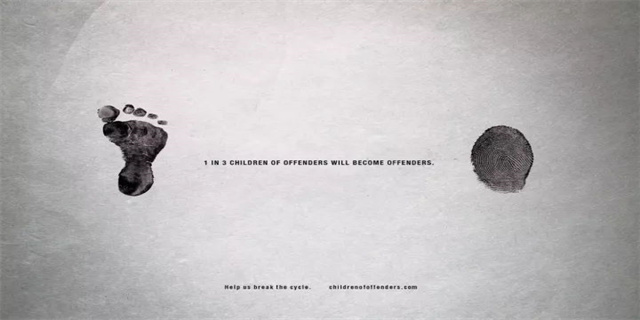The Art of Terrifying: How to Pronounce 'Scare' in English
Introduction: The Power of Scare
The ability to scare and terrify is a unique skill that has been used for centuries in storytelling, films, and even music. Without this ability, horror movies would not exist, and the Halloween season would be a bore. However, it is not just about the visuals or the sound effects that generate fear in audiences. The way we pronounce the word 'scare' in English also plays a crucial role in delivering the right amount of fright. In this article, we will guide you through the different ways of pronouncing the word 'scare' and tips on using it to its maximum potential.

The Different Pronunciations of 'Scare'
Before we dive into the tips, we must first understand the different ways of pronouncing the word 'scare' in English. The most common pronunciation of 'scare' is /sker/. However, depending on the accent, there can be variations in how the 'a' sound is pronounced. For example, in some American accents, it is pronounced as /skɛr/, while in the British accent, it is pronounced as /skɛə/. As an actor, knowing these subtle differences can make a significant impact on how you deliver your lines and evoke emotions from the audience.

Tips on Using 'Scare' effectively
Now that we understand the different ways of pronouncing the word 'scare,' let's go over some tips on how to use it effectively to generate fear in your audience.
1) Vary the Intensity of Pronunciation: By varying the intensity of the pronunciation of 'scare,' you can create a sense of escalation in the fear levels of your audience. Pronouncing it softly and slowly can build suspense and tension, while shouting it can evoke immediate fear. Experiment with different intensities and find what works best for your scene.
2) Use 'Scare' as a Pivot Point: Using 'scare' as a pivot point can help you segue into your most significant scare moment. For example, you can pronounce 'scare' softly but sharply, which can stop your audience from breathing for a moment and then immediately follow with your most significant scare tactic.
3) Use the Accent to Your Advantage: As mentioned earlier, different accents can impact how 'scare' is pronounced. If you are playing a character from a particular region, using the accent to your advantage can help you connect with your audience. For example, a subtle Irish accent can make 'scare' sound more threatening and ominous.
Conclusion: The Thrill of Scaring
In conclusion, 'scare' is more than just a word; it is an art that can evoke powerful emotions in your audience. By knowing the different ways of pronouncing it and using it to your advantage, you can bring your audience to the edge of their seats. So go ahead, experiment with different pronunciations and intensities, and have fun with the thrill of scaring.














